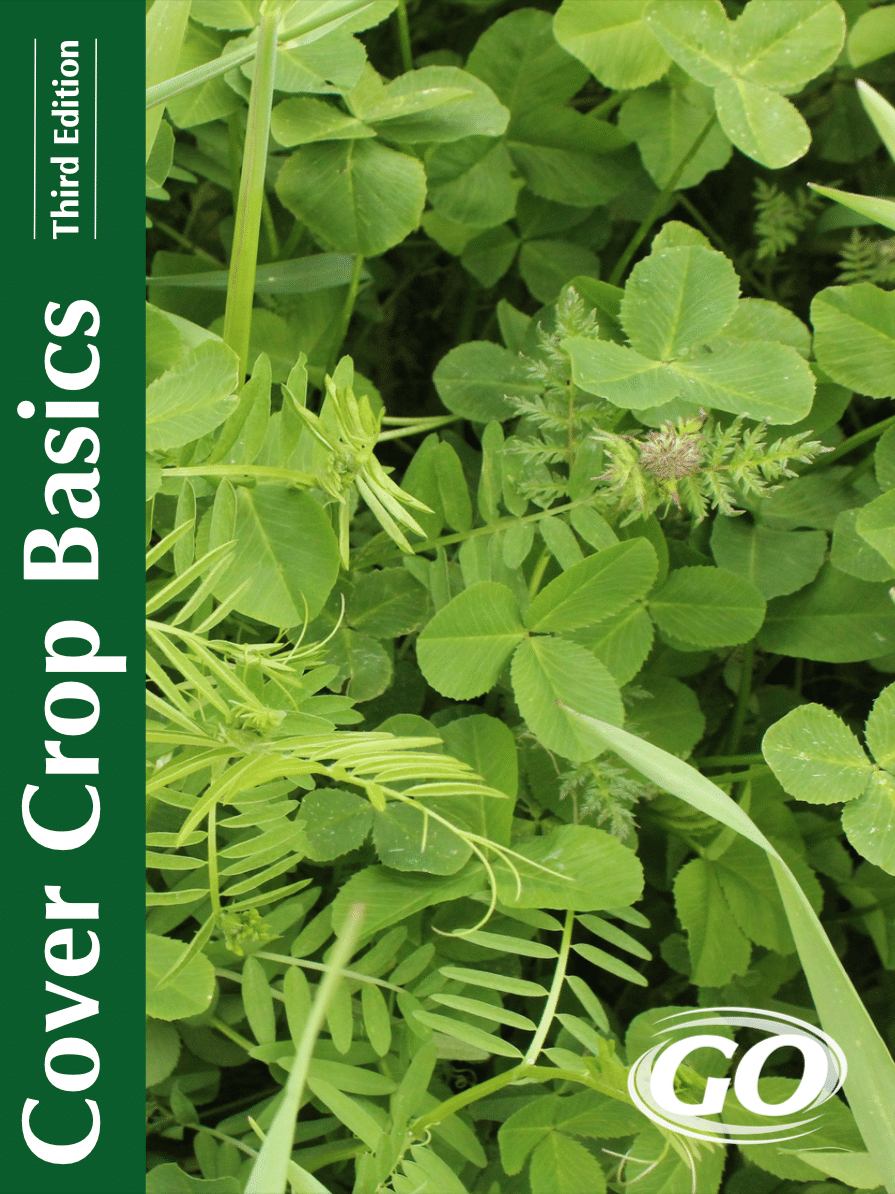Aberace Micro Clover
- Scientific name: Trifolium repens
- A short, hardy micro clover
- Widely used for lawn and ground cover
- Comparatively maintenance free
- Lower growing than White Dutch Clover
660 in stock
Min. to Max Annual Precipitation
8in.
Average Max Height
Aberace Micro Clover is designed to be a short and hardy micro clover. The micro clovers are commonly used as alternative lawn and ground cover with minimal maintenance. Unlike other varieties of clover it is shorter growing. This variety is a perennial that can be planted either spring or late summer. The clover germinates and establishes quickly. It is also dependable and persistent. The Aberace Micro Clover thrives in poor clay soils and humid or irrigated areas.
For quick plant facts please click on the “Quick Plant Facts” tab.
General Description:
Aberace Micro Clover (Trifolium repens) is a perennial dwarf clover that grows more dense than the traditional clover varieties. Dwarf white clover is a fine leaf structure allowing it to blend better with lawn grass. Clovers are great nitrogen fixers enriching soil health without the use of fertilizers. It is a resilient clover handling common wear and tear, moderately drought time periods, and some shade. It handles being mowed more closely than other comparable clovers. Compared to other clovers, it produces less flowers helping it blend more seamlessly into the lawn.
Uses:
Aberace Clover is being used more often as an alternative to grass lawns because of its shorter growth patterns and improves soil health more so than the average grass lawn. The clover has a great durability being able to withstand more foot traffic than a premium lawn like Kentucky Bluegrass. The dense growth patterns provides great weed suppression, minimizing the need to use chemical herbicides. The growth habit of its root system is ideal for erosion control. This clover can be used as a pollinator, even with its reduced flowering habits the flowers that do sprout will support pollinators.
Planting Conditions:
The Aberace Micro Clover germinates and establishes quickly. It is dependable and persistent in many conditions. It grows vigorously in poor clay soils, thriving best in cool, humid or irrigated areas. It has been known to successfully grow in sandy soils with a high water table or irrigated droughty soils when adequately fertilized.
It prefers soils that are tested with a pH range of 6.0 to 7.0. Firstly, for best results clear existing growth and debris from desired planting area. Following this, loosen the top surface of the soil to create a welcoming seedbed for the new seed to lay until it germinates. By doing this it creates great seed-to-soil contact which is crucial for a good germination. Next, if needed, incorporate compost or some type of organic matter to help improve the structure and fertility of the soil.
Following soil preparation, broadcast the seed right onto the prepare soil surface. Achieve this by either hand broadcast or using a broadcast spreader. Soon after, if the soil is clay you can lightly rake the soil surface to cover the seeds, again LIGHTLY, do not cover the seeds more than a 1/4″. When raking is not needed, press the seeds into the soil to firm up the soil to make sure the seeds are getting the best seed-to-soil contact. Sandy soils tend to be more fluffy, raking may not be needed but still press the seeds into the soil.
Planting time:
The best time to plant is early spring or late summer/early fall when temperatures are cooler around 60-75 degrees and moisture is most reliable.
Seeding Rate:
1 pound covers 1,000 square feet. For overseeding into an existing lawn use .5 pounds per 1,000 square feet. When creating a mix for your lawn choose compatible varieties like fescues, perennial ryegrass or Kentucky bluegrass, this will provide a balance resilient lawn.
Watering:
When watering you want to keep the soil damp the entire time the seeds are germinating. After the seeds have germinated you want to water lightly but frequently. This watering cycle is what we call high frequency, low duration. Reduce frequency as the seedlngs grow but maintain consistent moisture. Once it is established water deeply but infrequently, switching to low frequency, high duration cycle.
Long term care:
Aberace clover does really well with frequent mowing. Keep mowing height around 2-3 inches. Water can be done about once a week depending on location, weather conditions, and soil type.
Our Aberace Micro Clover is coated and inoculated.
AKA: Dwarf White Clover
Helpful Links
All relevant information about this product is linked below.
Synonyms
Plants have many different names, varieties, and scientific classifications. We've listed the most common below.
- Micro Clover
- White Dwarf Clover
- Turf Clover
- Trifolium repens
Cover Crop Basics
An informative, authoritative guide to cover crops. Very comprehensive, and covers all geographic regions of the USA. Published by GO Seed.
Who is Great Basin Seed?
Great Basin Seed is a seed company that specializes in seed sales and consultation for home, ranch, farm, range and reclamation. We have been a leader in the seed industry since 1974.
Our History
We've been in the seed business since 1974.
What We Offer
We offer seed for home, farm, ranch, range and reclamation projects.
Meet the Gang
We have the best employees in the world! We are proud of the work they do, and trust them to serve you!
Right: Company founder Lloyd and his wife Paula Stevens in a wildflower seed production field circa 1977
Quick Plant Facts
| Scientific Name: | |
|---|---|
| Lifespan: | |
| Origin: | |
| Plant Height: | |
| Growth Season: | |
| Seeds per Pound: | |
| Max Sowing Depth: | |
| Min. Precipitation: | |
| Planting Rate: | 1/4-1/2 lbs per 1,000 sq ft (Lawn), 8-10 lbs per acre (Pasture) |
| Plant Type: | |
| Best Time to Sow: | |
| Sun & Shade Tolerance: | Full sun, tolerates shade |











